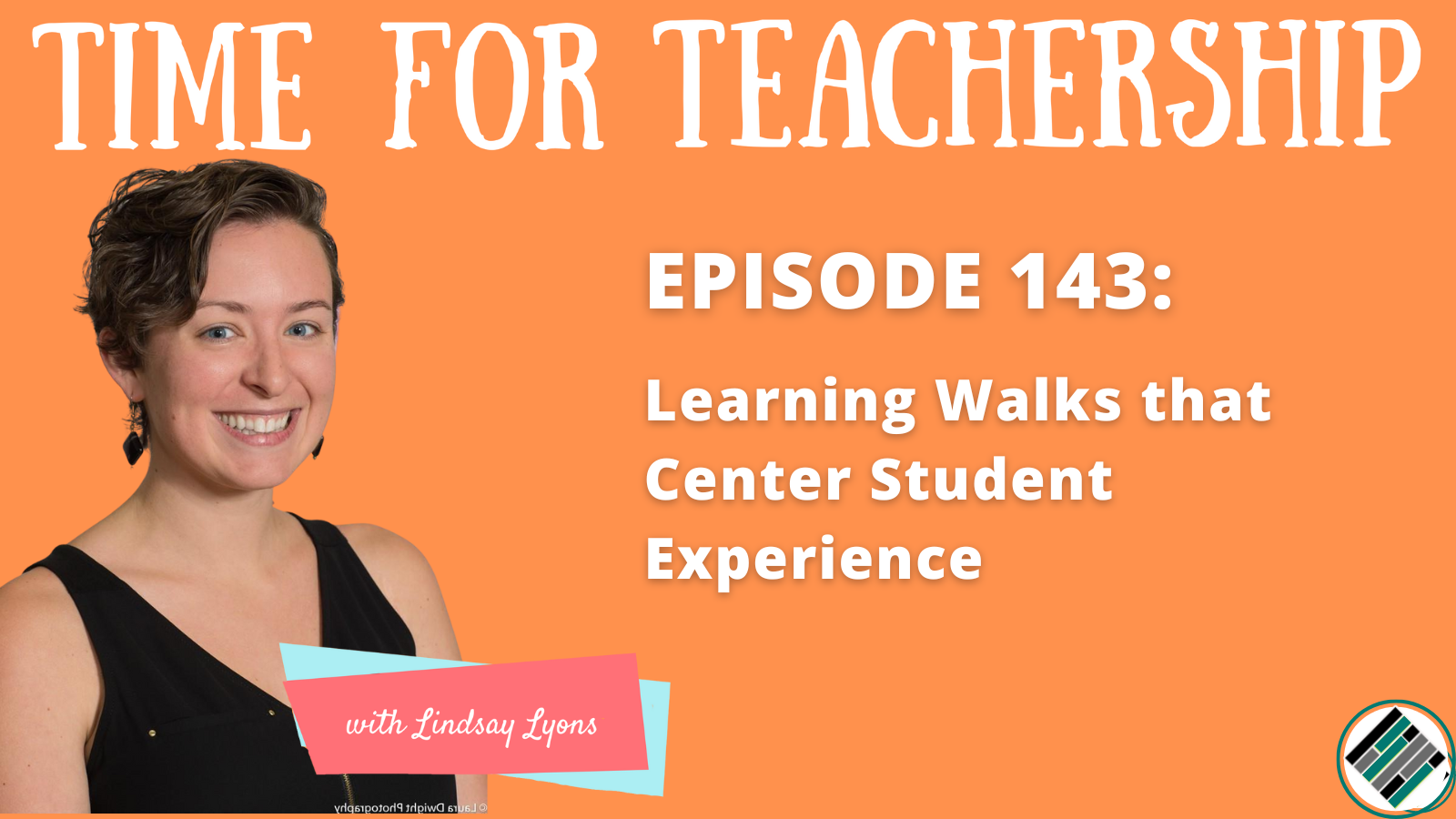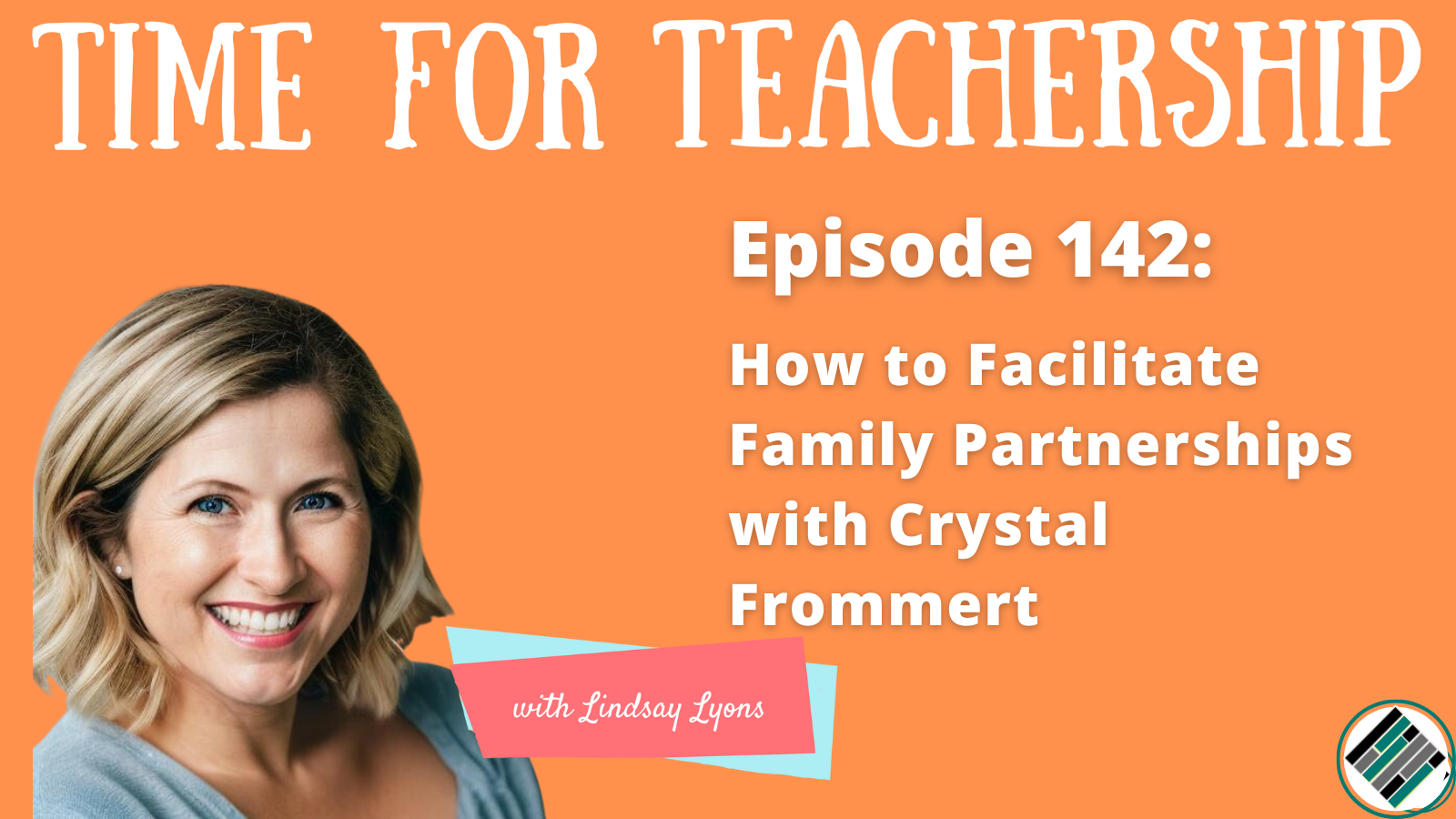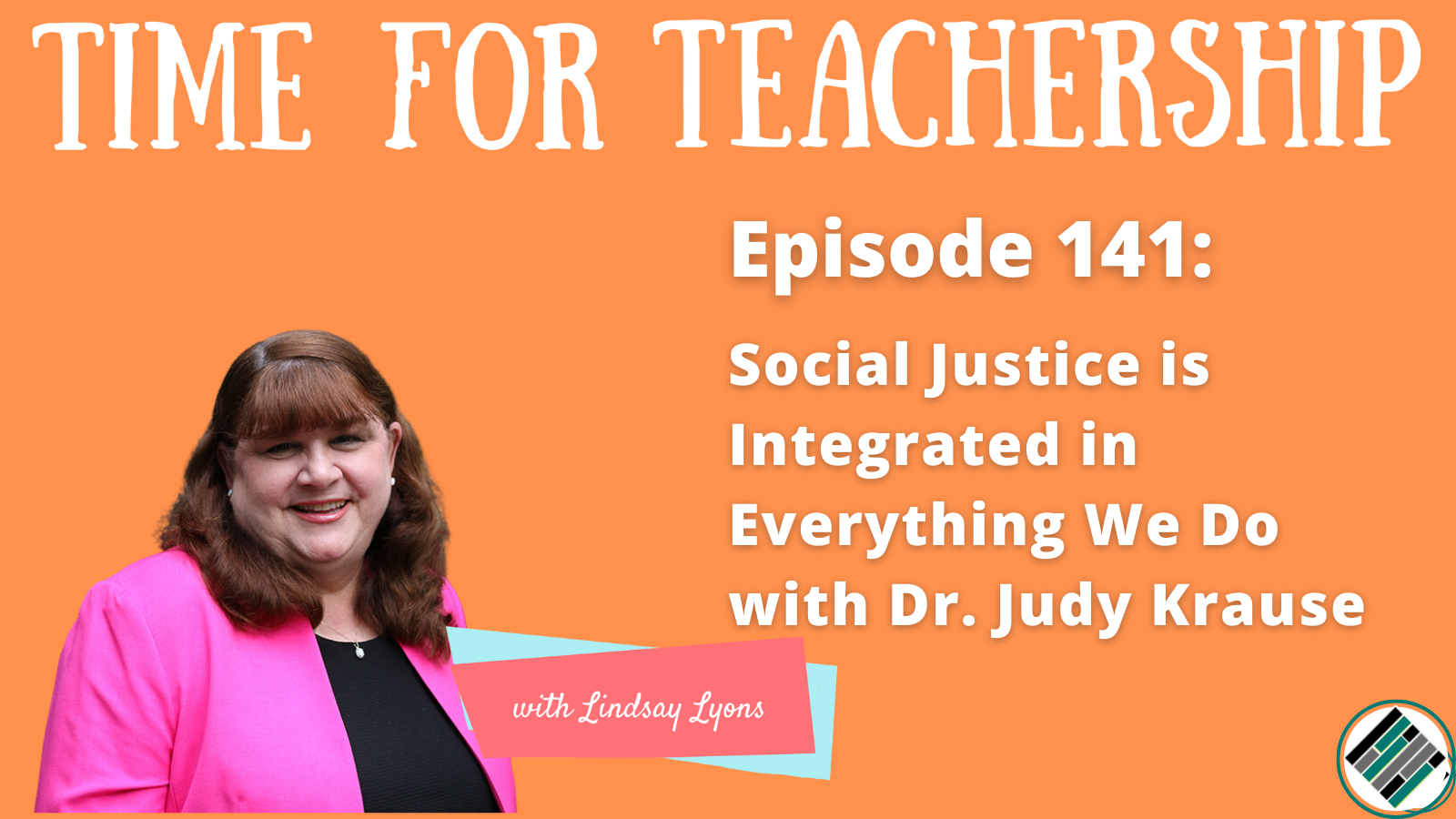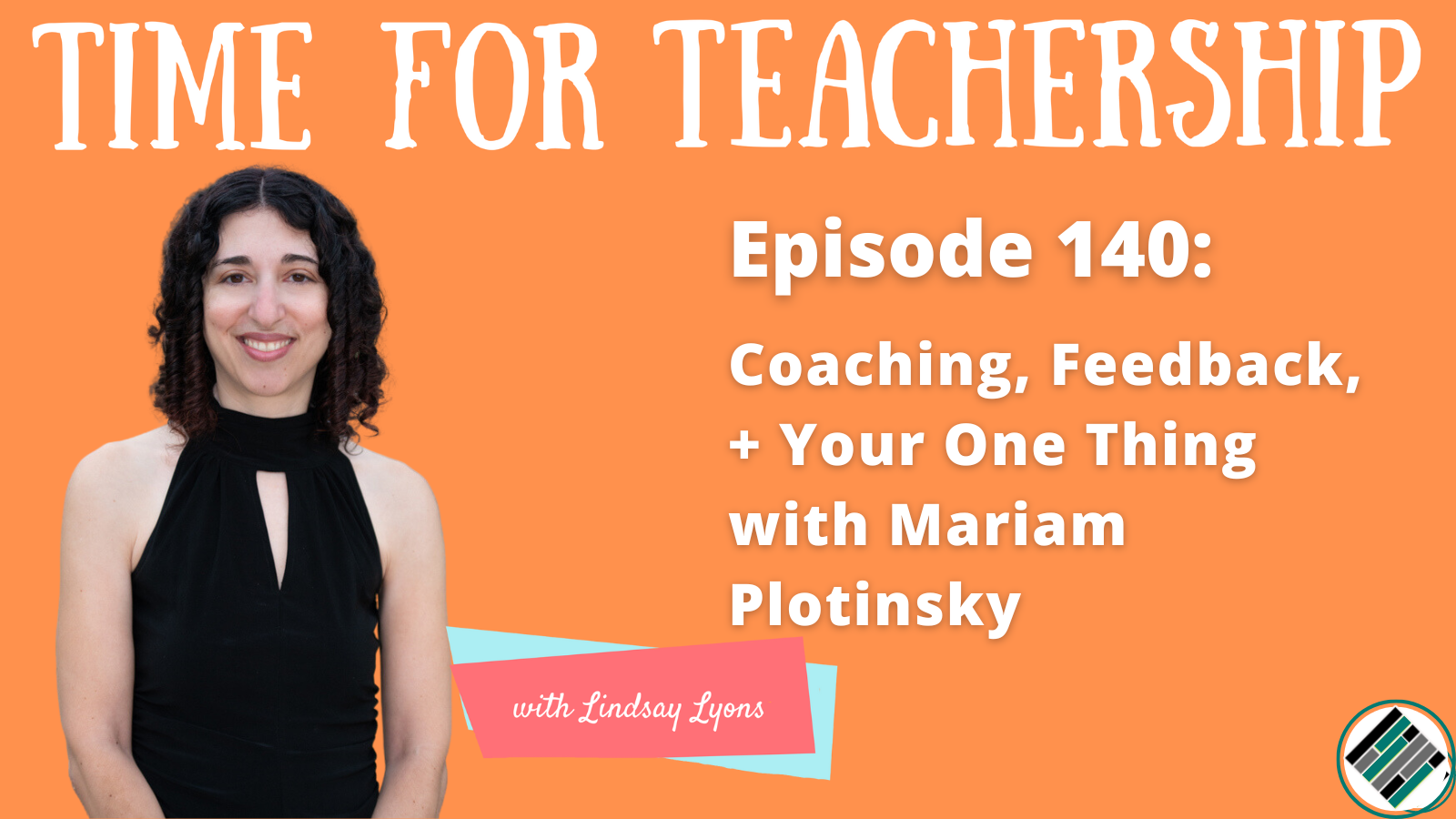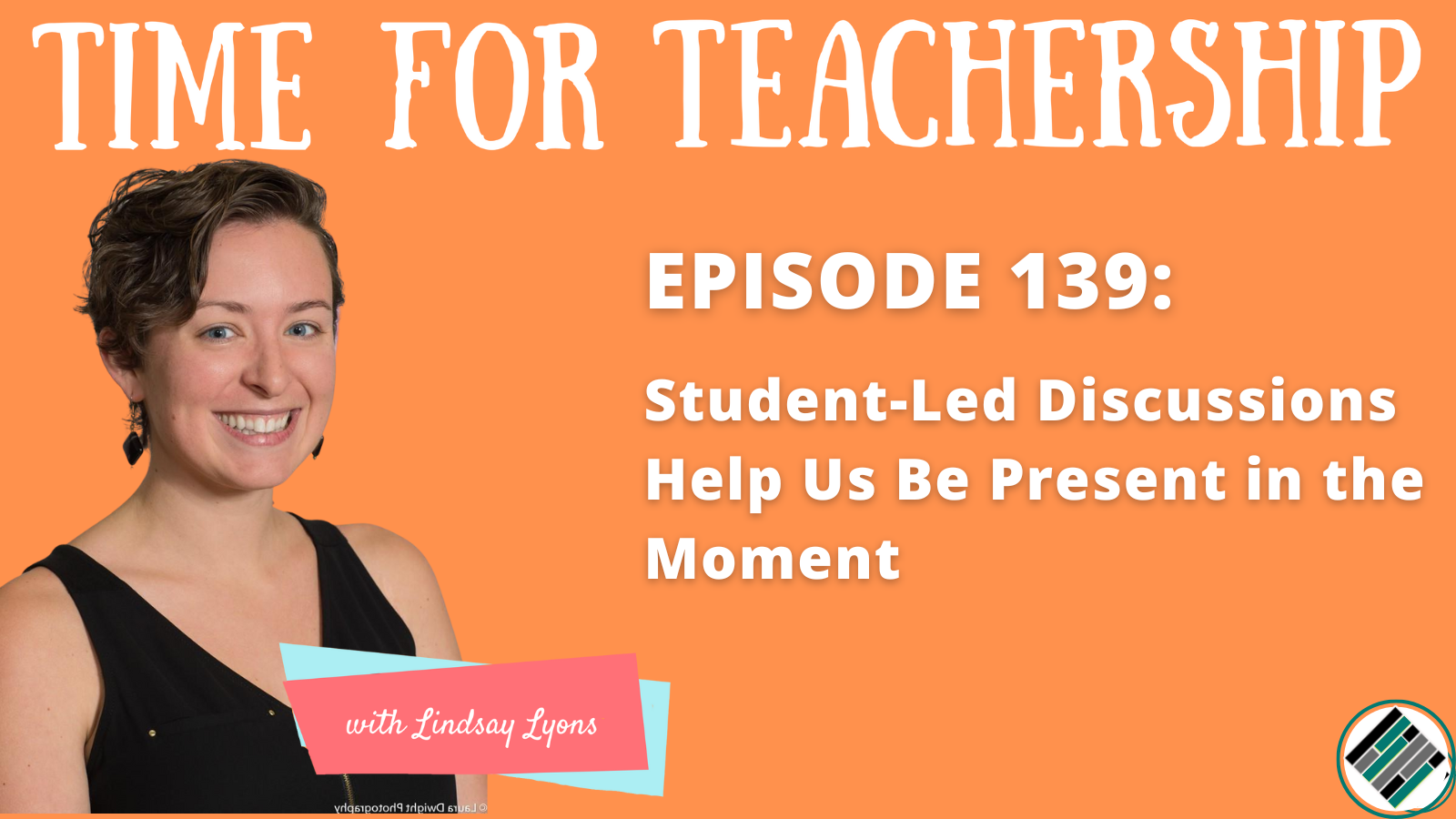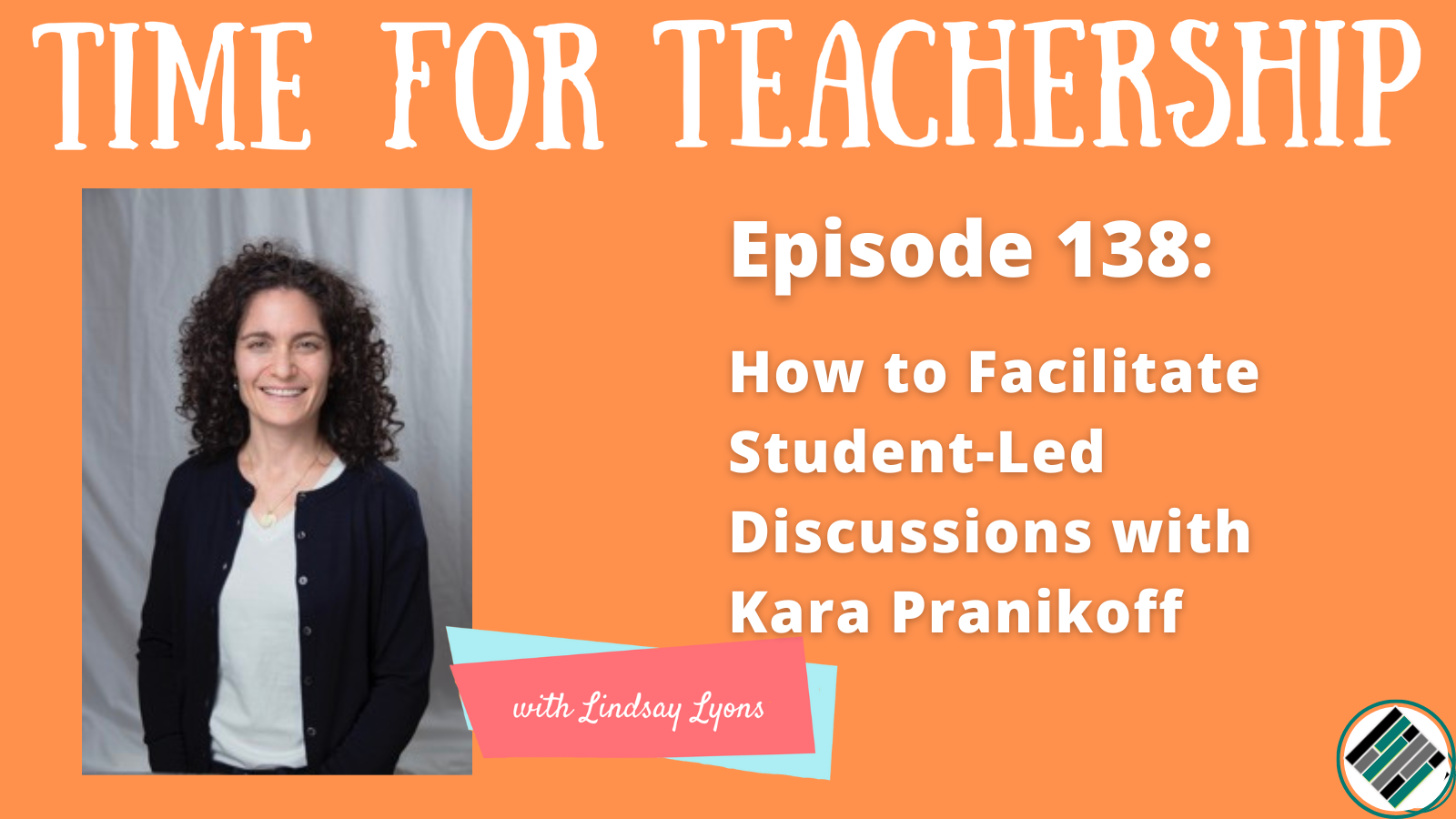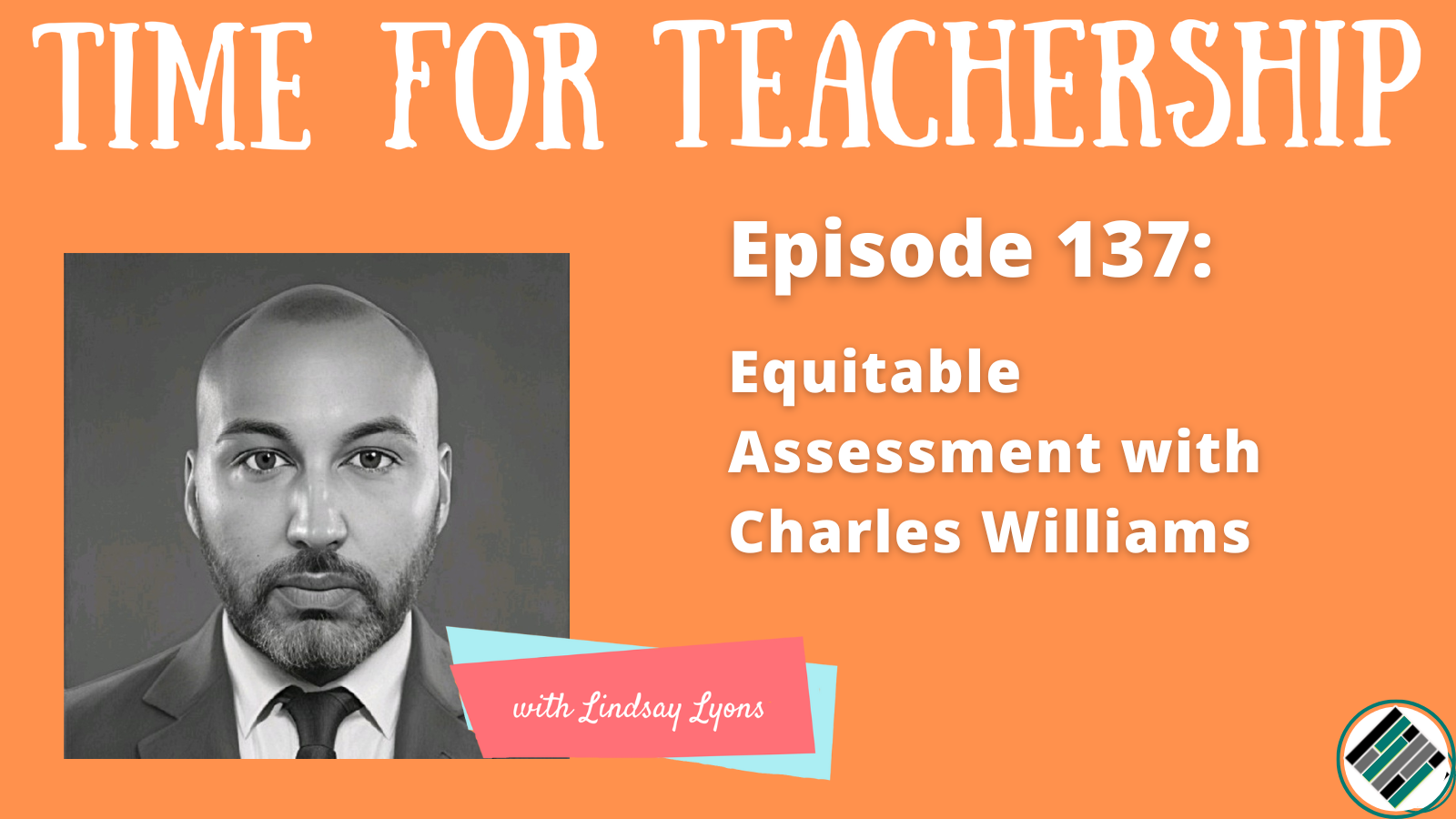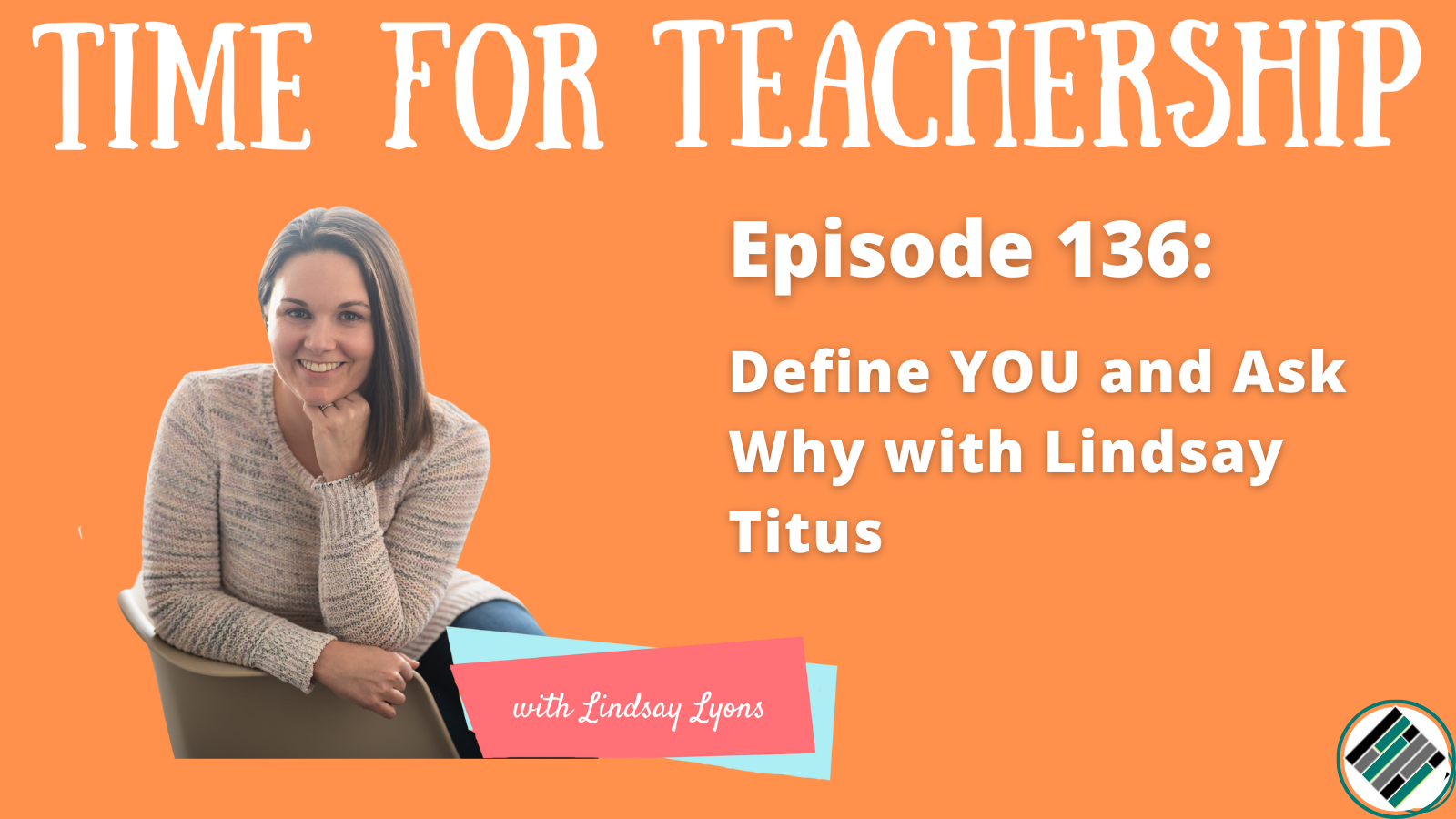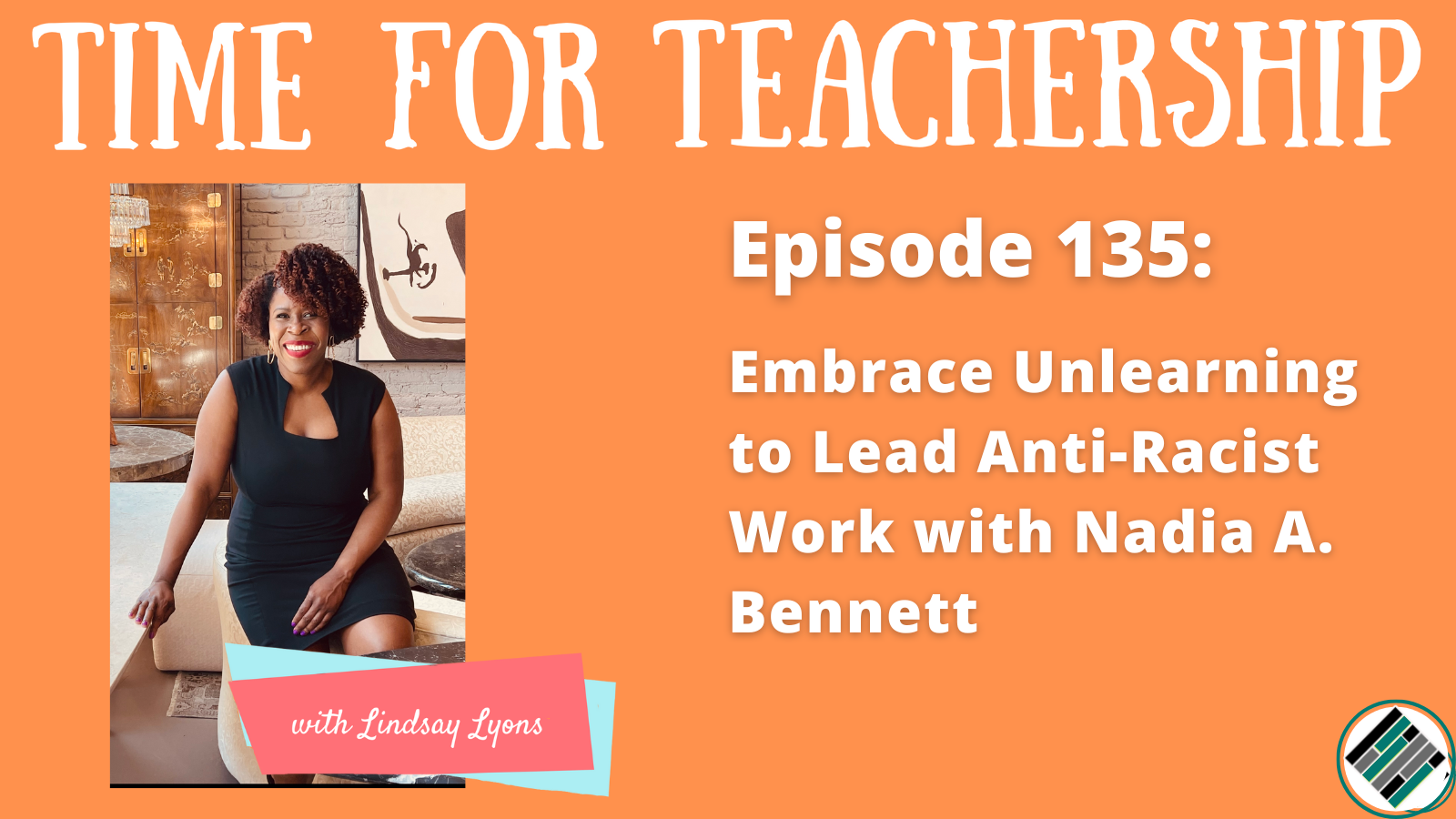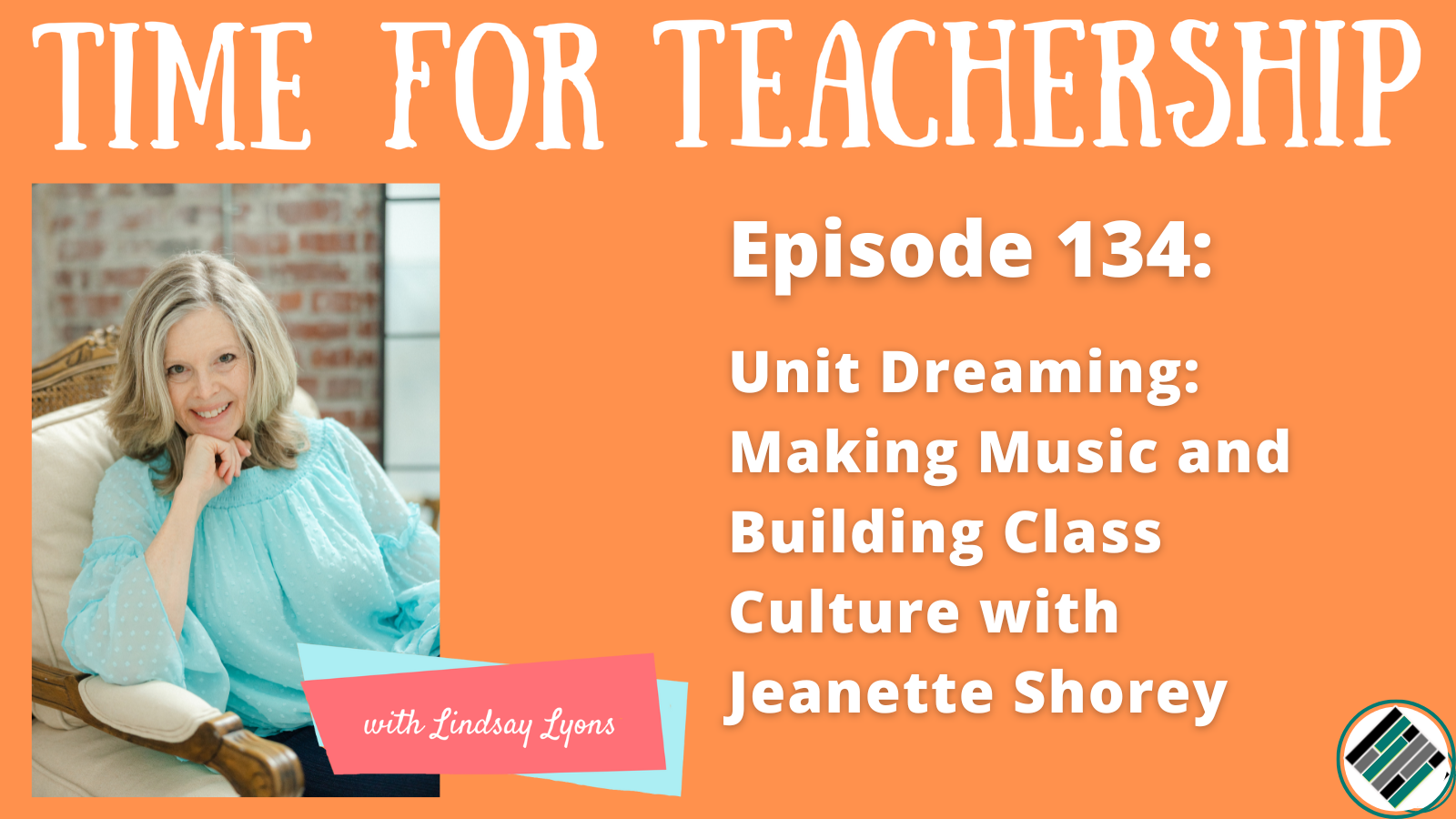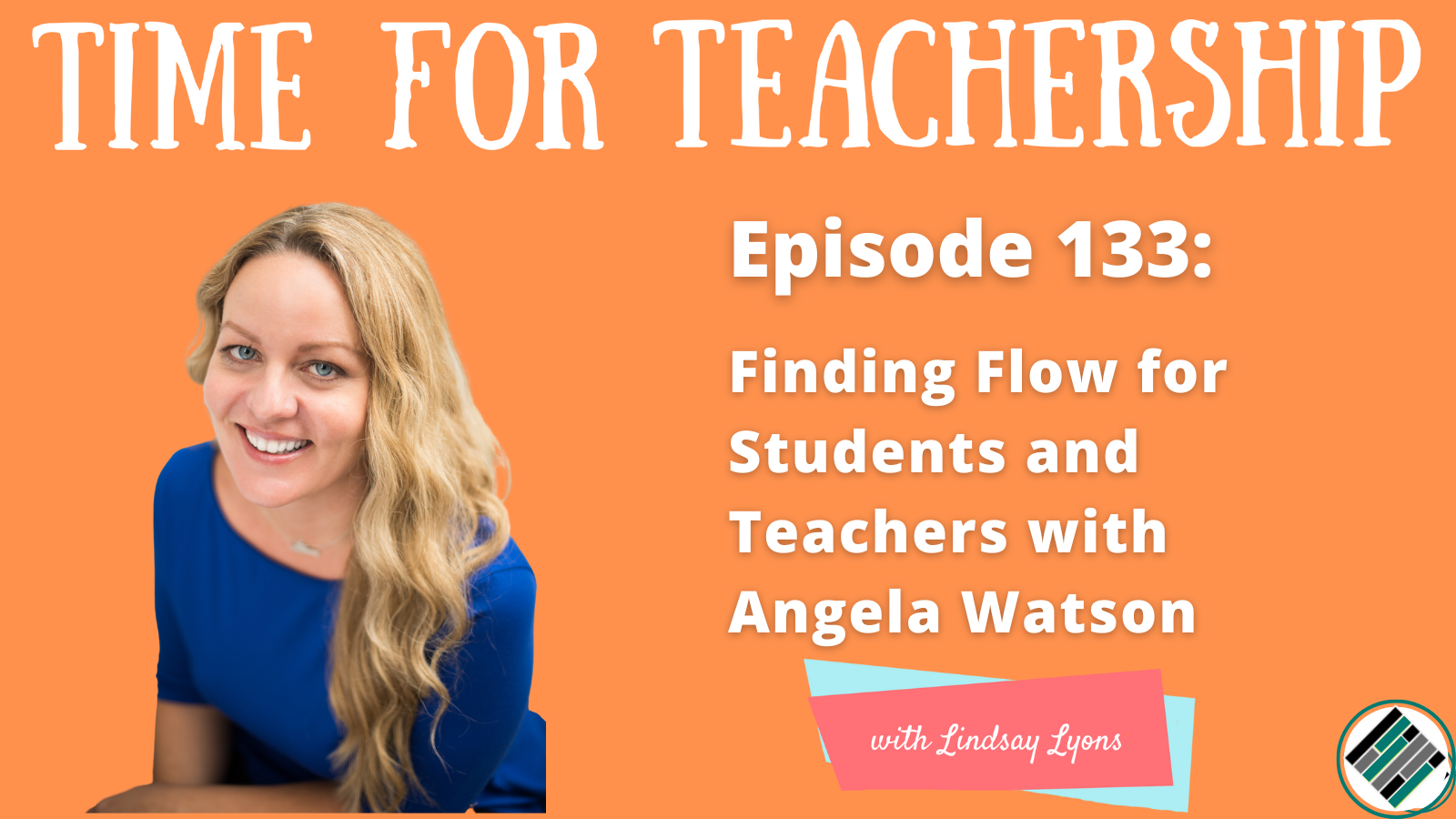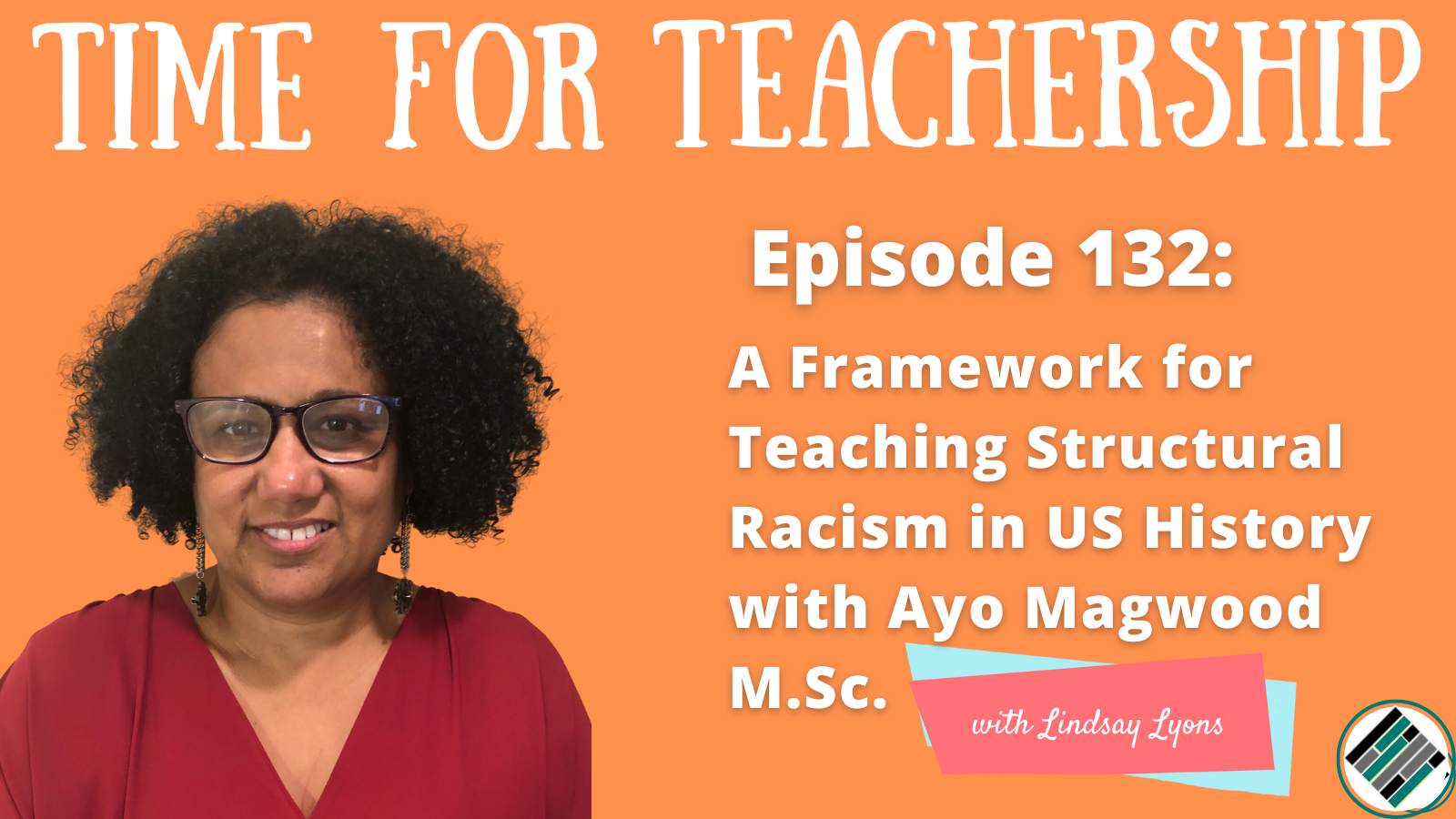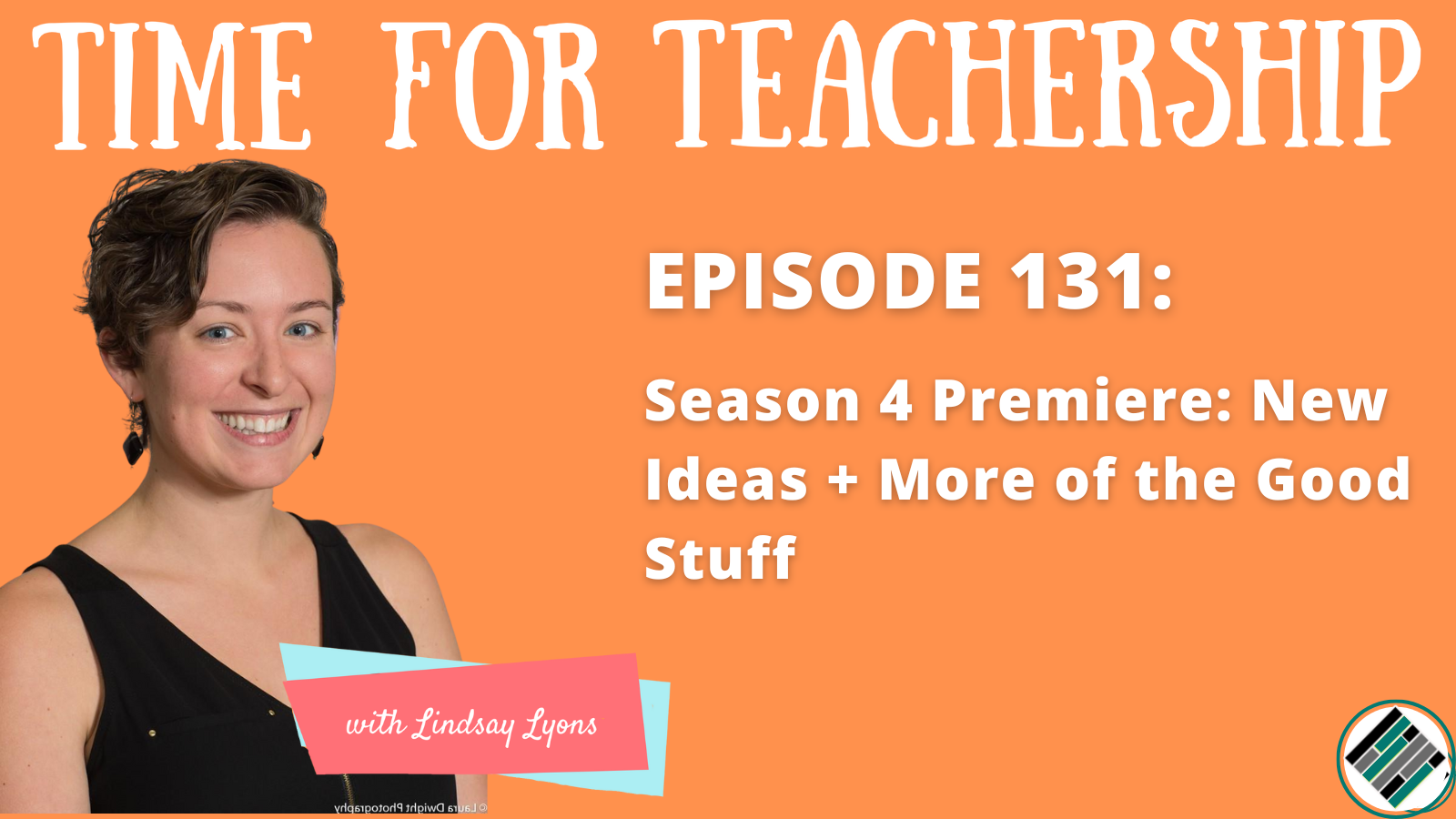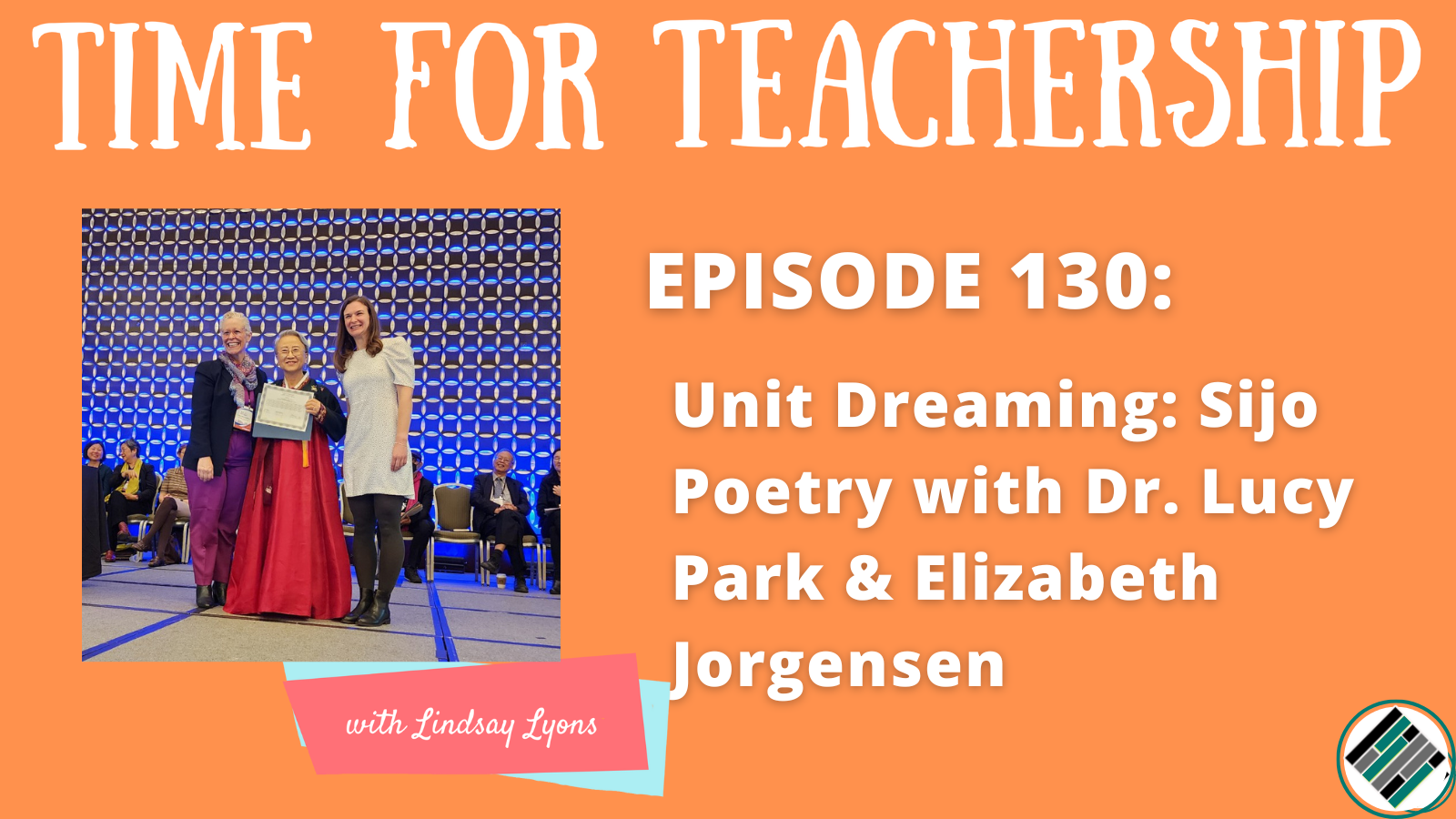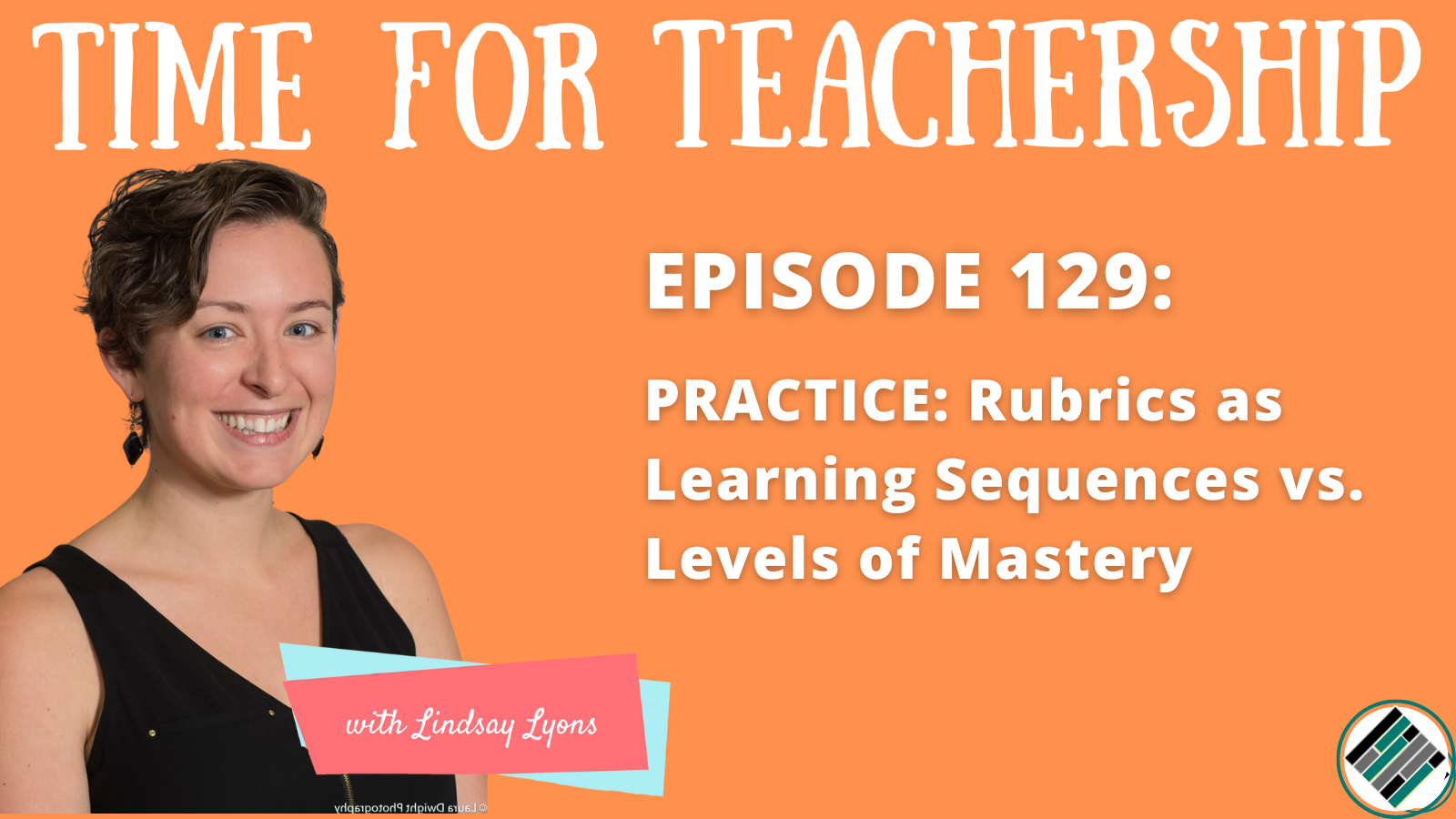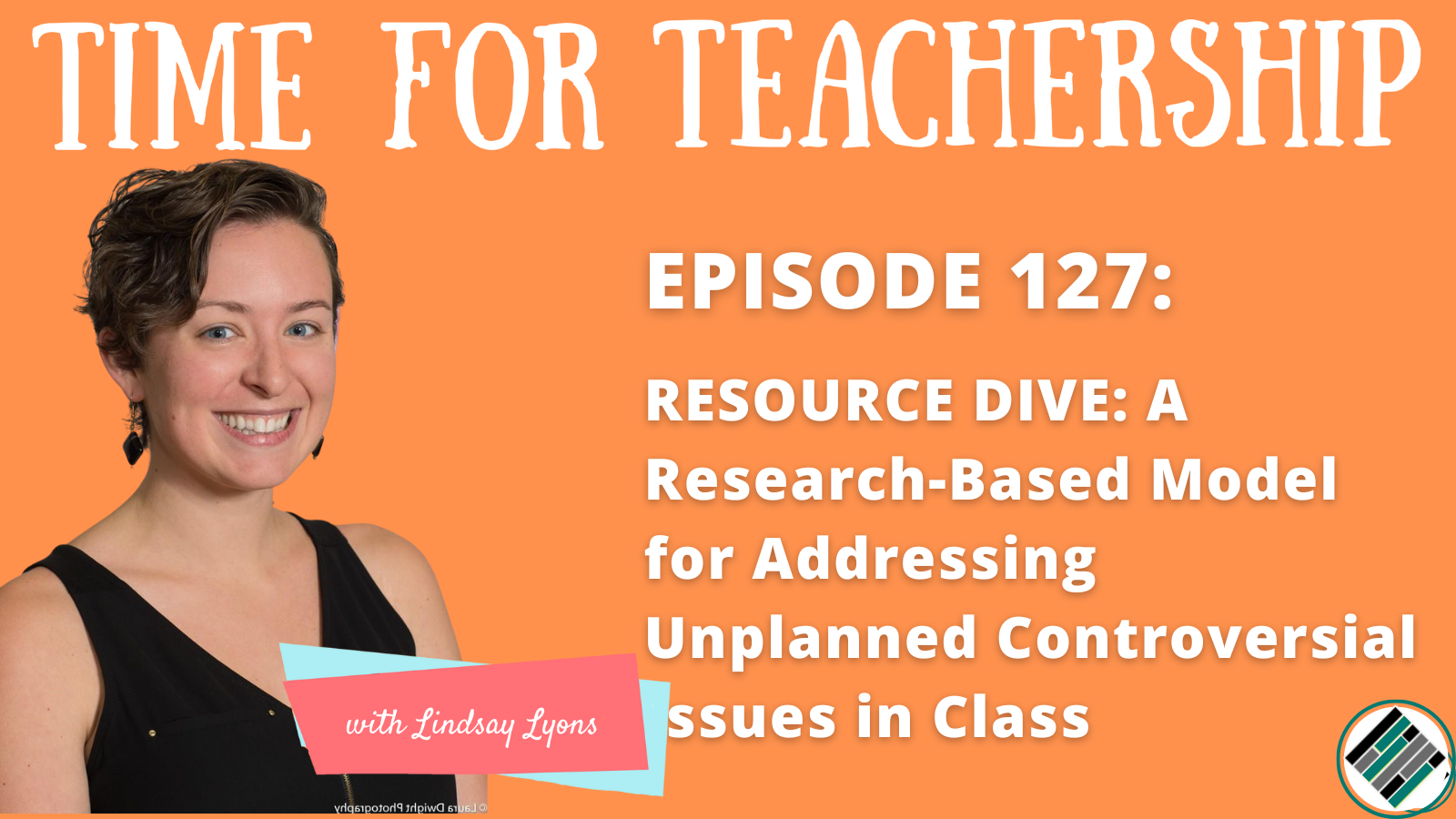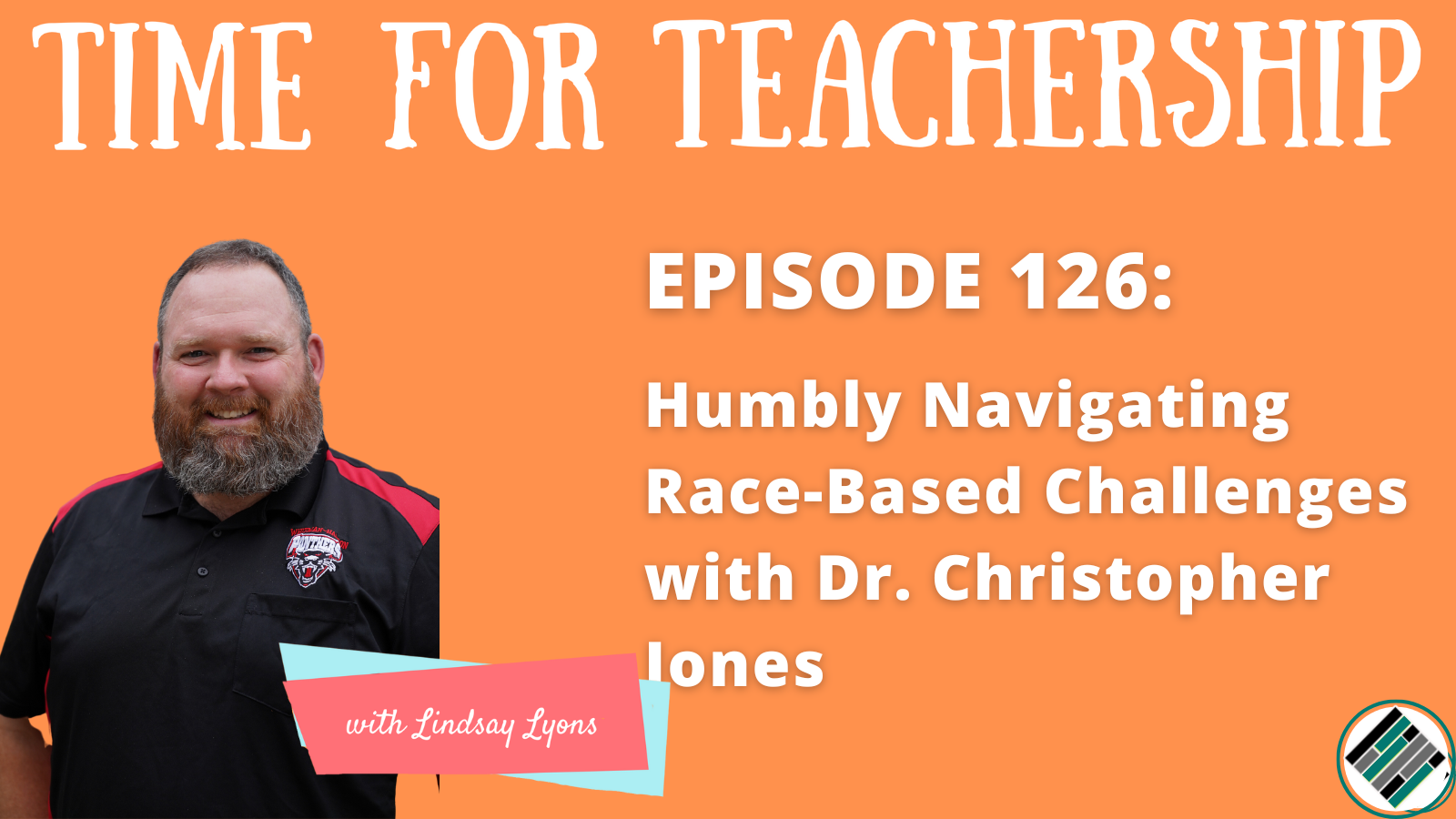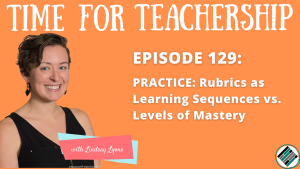
I was listening to “The Philosopher & the Neuroscientist – A Conversation with Zak Stein and Mary Helen Immordino-Yang” on the Future Learning Design Podcast, and Dr. Stein was talking about assessment and measurement. He said, “The goal of the assessments are to not obfuscate what’s going on. To precisely say, like, you understand these things, and there’s a set of things you can come to learn that are slightly more abstract that integrate these lower level things…the introduction of…what we call learning sequences as opposed to levels or stages…” (starting at minute 43:12).
While the organization he’s talking about has their own system, I wanted to run with the idea of sequenced skills, specifically, how they could be used when designing a standards-based rubric.
Standards-Based Assessment: Mastery-Based Grading and Single-Point Rubrics
I’ve read favorable research on mastery-based grading. Haystead and Marzano (2009) found teachers who measured skill growth over time on mastery rubrics noted a 34% gain in student achievement. In mastery-based classes, students showed increased student learning, classroom environments were less stressful with better teacher-student relationships, and decreased grade achievement gaps when compared to classes that used traditional grading practices (Crescendo Ed Group). When I taught, I used a 4-point mastery scale for each standard.
Single-point rubrics are still standards-based, yet streamlined. Easier to read for students and adults. Teachers can write in the left and right columns to narratively describe approaching or exceeding standards.
I like having priority standards students and teachers can focus on. I like having a rubric you can share with (and ideally co-construct with) students that can be used to assess all summative projects. When coaching departments on selecting priority standards, I say the non-priority standards don’t go away, they become supporting standards. Then, the supporting standards can be used in the definition of lower mastery levels. This seems aligned to the concept of a learning sequence, so let’s consider what it might look like to keep the standards-based, department-wide rubric and design it for sequenced skills versus levels of the priority skill.
How to Design a Learning Sequence Rubric
I’m just starting to play with this concept and am open to ideas. Here’s what I’m thinking about now:
Step 1: Determine your priority standards. Aim for a max of 5-7 skill-based standards. Select the most challenging or complex skills.
Step 2: For each priority standard, map out the supporting standards students need to have before getting to the priority standard.
For example: Decode → Comprehend → Summarize → Analyze
Step 3: Describe each skill in separate columns on the rubric. (You can use the same column headers if they are visuals like the stages of riding a bike. See my rubric templates below.)
Final Tip
After completing your new rubric, I would look at your instructional activities and scaffolds and align them (and the accompanying language you use) to the learning sequences.
To help you design your own learning sequence rubric, I’m sharing my Skill-Based Rubric Templates with you for free. And, if you’re looking for more details on the ideas in this blog post, listen to episode 129 of the Time for Teachership podcast. If you’re unable to listen or you prefer to read the full episode, you can find the transcript here.

